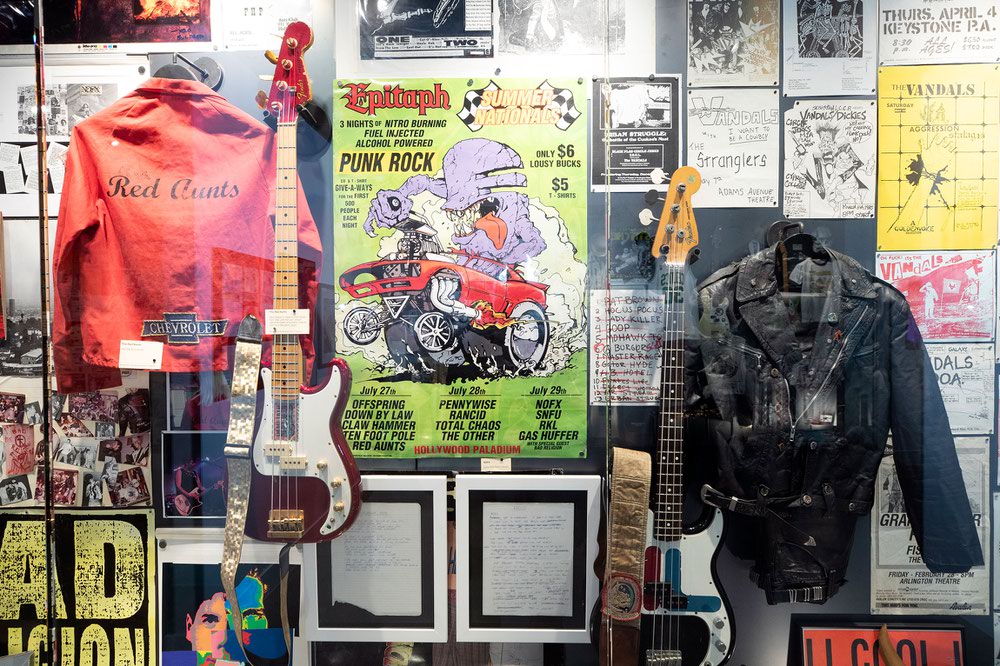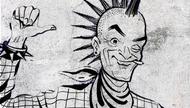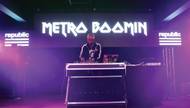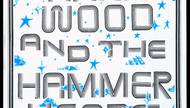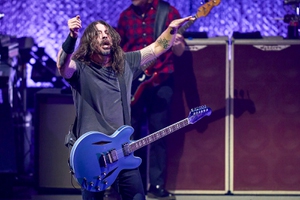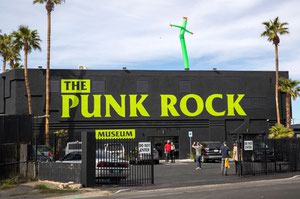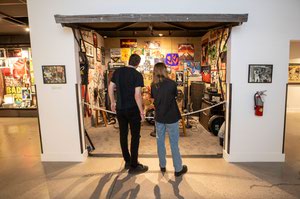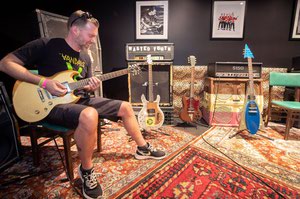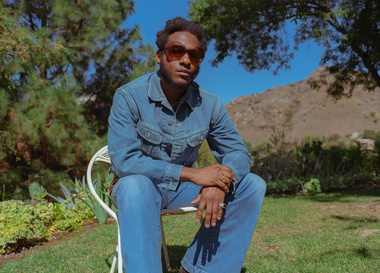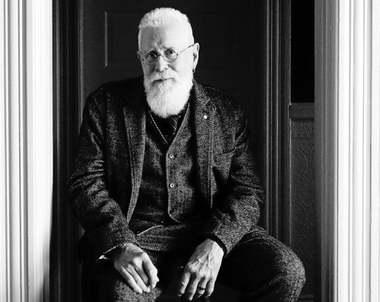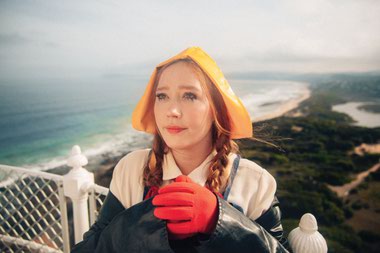I am not very punk at all. I could say that I am—I did own Black Flag’s Damaged and JFA’s Blatant Localism all the way back in 1982, and I once performed a song with OG Vegas punk Rob Ruckus—but it wouldn’t be true. As a kid I favored post-punk, New Wave; my favorite records of ’82 were by Wall of Voodoo and Simple Minds. And when Ruckus invited me to sing “London Calling” with The Nines some years back, I fumbled the second verse so badly that he jokingly issued a post-song disclaimer: “Geoff Carter, ladies and gentlemen. Not as hardcore as he’d have you think.”
Like Ruckus, the Punk Rock Museum doesn’t care how punk you are. And it doesn’t stratify artists into subgenres. The display cases mix stage outfits, instruments, setlists, show flyers, photographs and other memorabilia belonging to artists ranging from The Clash to Minor Threat to the Go-Go’s. Its mission is to celebrate everyone who has ever piled into a beer-and-nicotine-scented van with friends and driven all night to a show at an unlikely venue, either as a musician or as a fan.
“Technically, a museum is a place to learn, to educate, but we’re not trying to ram that down anyone’s throats,” says Lisa Brownlee, the former Vans Warped Tour manager who founded the museum with NOFX singer and bassist “Fat Mike” Burkett. “For me, it’s a place to share,” Brownlee continues. “I’m sharing what I know; you share what you know.”
Located in a two-story space on the outer edge of Downtown’s 18b Arts District, the Punk Rock Museum does indeed have a more relaxed, solicitous feel than other specialized museums I’ve visited. It’s packed solid with punk artifacts, some objectively priceless—the mold for Devo’s iconic “energy dome” helmets, Johnny Thunders’ skull ring, a sofa on which Kurt Cobain slept while recording the Melvins’ 1993 LP Houdini—but they’re presented as conversation starters.
And when you’re done talking, you can play instruments belonging to name musicians in the Jam Room and sit your punk ass down on Cobain’s couch. You can get some ink in the museum’s tattoo parlor or grab a drink in P Moss’ Triple Down bar. I’m keen to try one of the Triple Down’s “classics,” the Fletcher: “Rum & Coke served in a Pringles can (and you get to eat the Pringles).”
The Punk Rock Museum got its start during the pandemic, Brownlee says, when Fat Mike suggested she partner with him on a punk rock store in Las Vegas. Brownlee initially declined, uninterested in retail or collaborating. (“Mike is difficult to work with. Sorry, Mike, but you’re difficult,” she tells my recorder.) But as the pandemic wore on, she got to talking with friends in The Bouncing Souls, Descendents and other bands who were restless from the lack of touring opportunities.
“Everybody was like, ‘What are we gonna do with this time?’ They started clearing out their storage, their parents’ basements,” Brownlee says. Initially, she suggested incorporating the unearthed artifacts into the store concept, but it was just a hop, skip and stage dive to the museum idea.
“My pitch to everyone was like, “Take the stuff in your storage and put it in our storage, but make it look pretty and tell a story about it,’” she says. Her own favorite artifact in the collection: “We have Joe Strummer’s last bag of weed, gifted to us by Kid Congo Powers.”
The stories will also be compelling, thanks to Fat Mike and Brownlee’s deep well of connections. Guided tours of the museum will be conducted by the musicians who helped shape its accumulated history, including L7’s Jennifer Finch, Gogol Bordello’s Eugene Hütz and Fishbone’s Angelo Moore.
My guide was Suicidal Tendencies’ Louichi Mayorga, who told stories about Joey Ramone drinking all that band’s beer, the members of Hüsker Dü providing them with much-needed tour weed, and the cover shoot for Tendencies’ 1983 debut LP, which had the group suspended upside down from a piece of playground equipment.
“Y’know, they got moon boots with little hooks on them. But they tied us up there with rope,” Mayorga said, pointing at his double-bound ankles in the photo. “The blood was rushing to our heads.”
It’s also possible to tour the museum yourself; there are more than enough stories in the museum’s displays to keep you engaged. But that leaves out the sharing—the trivia and personal history that spills out of your guide when you happen upon a Rikki Ercoli photo of The Exploited, or the wall of Vegas punk show flyers that Ruckus, part of the “punk collective” that runs the museum, curated from his personal collection and those of his friends. (The Vegas wall also features a bass drumhead belonging to original Valley punks Subterfüge, a cool touch.)
Even I had some stories and trivia to share on the Mayorga tour, which made me feel, in a strange way, like I’d added something to the place. I felt, for a moment, like a punk.
“We have a phrase that we haven’t really put into circulation yet,” Brownlee says. “If you’re not here, you weren’t there.”
THE PUNK ROCK MUSEUM Daily, noon-10 p.m., $30, $100 with guided tour. 1422 Western Ave., thepunkrockmuseum.com.
Click HERE to subscribe for free to the Weekly Fix, the digital edition of Las Vegas Weekly! Stay up to date with the latest on Las Vegas concerts, shows, restaurants, bars and more, sent directly to your inbox!
